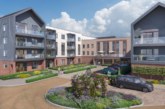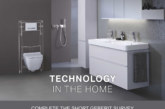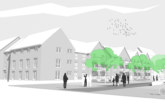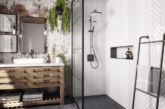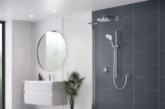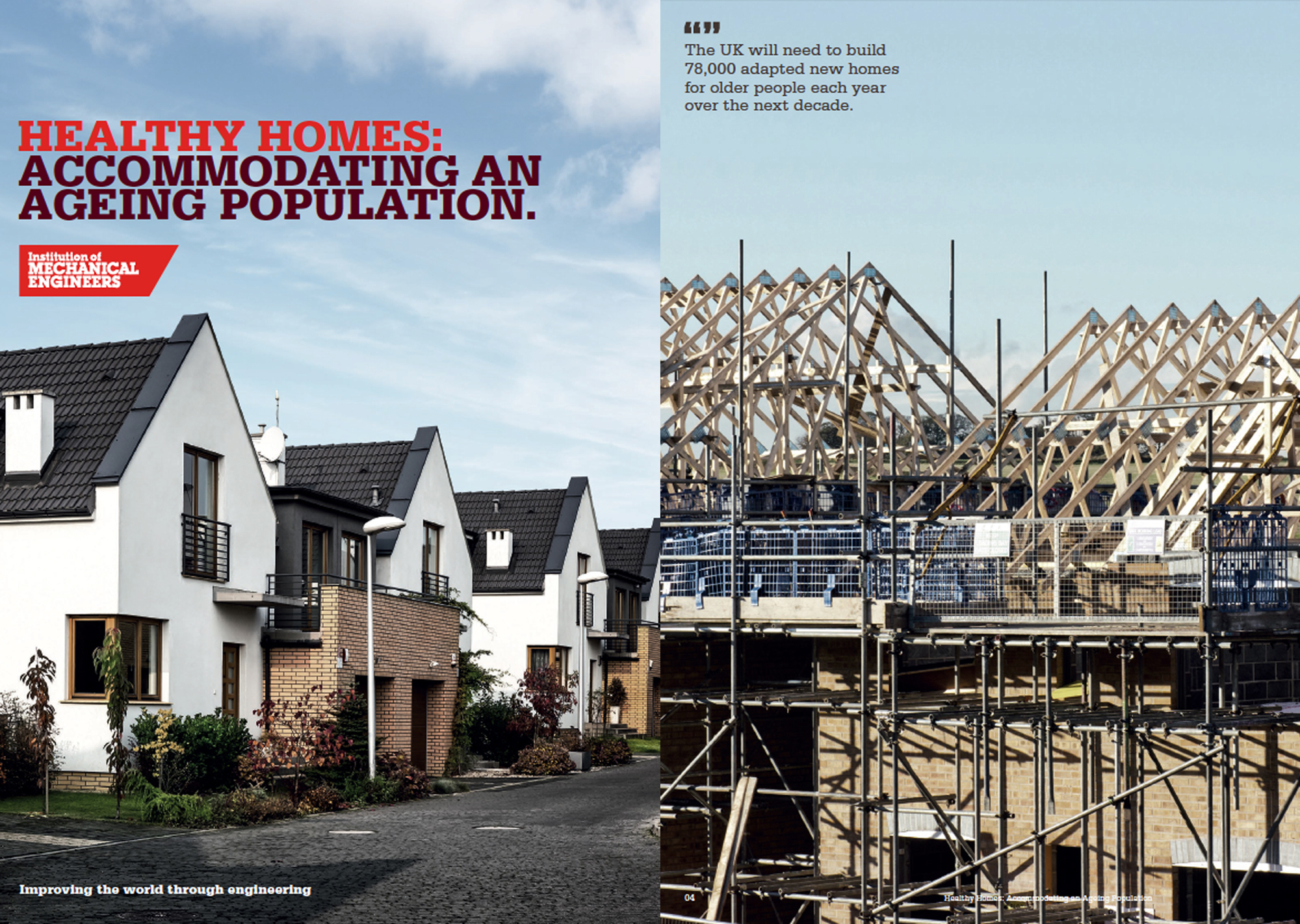
Creating more modified homes which encourage older people to keep mentally and physically fit for longer could help save the NHS and social care system billions of pounds each year, according to a new report by the Institution of Mechanical Engineers.
The report, Healthy Homes: Accommodating an Ageing Population, calls for government to introduce financial incentives for construction companies to build for older living. It also recommends that product suppliers and manufacturers step up efforts to develop retrofit technology to allow people to live in their homes for longer.
Many older adults downscale as they become less active, but this often exacerbates mobility issues and the onset of frailty, resulting in higher risk of falls or injury and consequently non-elective visits to hospitals. Physical inactivity costs the NHS £10bn a year, with £2.5bn spent on care as a result of poor housing. Allowing vulnerable people to remain in homes with significant hazards is costing the NHS nearly £414m per year in initial treatment costs alone.
Dr Helen Meese, Lead Author of the report and Member of the Institution of Mechanical Engineers, said: “About seven million UK homes are headed by someone aged over 65 years, who will undoubtedly need some form of assistive technology to help with everyday living within the coming decade.
“Homes built with older people in mind, as well as retrofit technology for our existing housing stock, could not only allow people to live in their homes for longer but also massively reduce costs for the NHS and social care system.
“Furthermore, constructing or adapting homes with older people in mind presents a huge opportunity for construction firms and technology manufacturers. Contrary to popular belief, our growing ageing population is becoming more tech savvy and this will only increase in the decades to come.”
Staying in one’s home into old age can improve health and wellbeing, and reduce the incidence of visits to hospital. Simple home modifications such as installing handrails, outside lighting and slip-resistant surfaces, which can cost as little as a few hundred pounds, have been shown to result in a 39% drop in injuries and a 26% drop in medical treatment. In addition to these simple modifications, the report also outlines the potential for new markets in smart technology to tackle our existing inadequate housing stock.
Key recommendations from the Healthy Homes report include:
- Government should establish financial incentives for construction companies to build ‘smart’ homes. A house that enables people to age well will reduce the cost of residential and hospital care in the long-term.
- Government should commit to modernising UK building design and construction regulations, and create a kitemark for cognitive houses which use smart technology to assess and manage an individual’s needs. This will stimulate industry to grow the market for age-friendly homes.
- Initiating new markets for technology to tackle our existing inadequate housing stock. There is an opportunity for society to drive demand for new markets in retrofit technology, enabling people to live in their own homes for longer.
- The Department of Health should invest in nationwide ‘healthy living for life’ technology programmes through a re-assessment of the ‘personalised health and care 2020’ framework. Collaborating with the Academic Health Science Networks, it should invest in national programmes that focus on technology for prevention of ill health in old age.
The report also calls for construction companies to be required to include a significant proportion of older people in their product design teams and especially in national infrastructure projects. The UK has a growing number of retired professional engineers and designers, all with significant experience in their professions and a first-hand understanding of their own conditions which should be capitalised upon.


